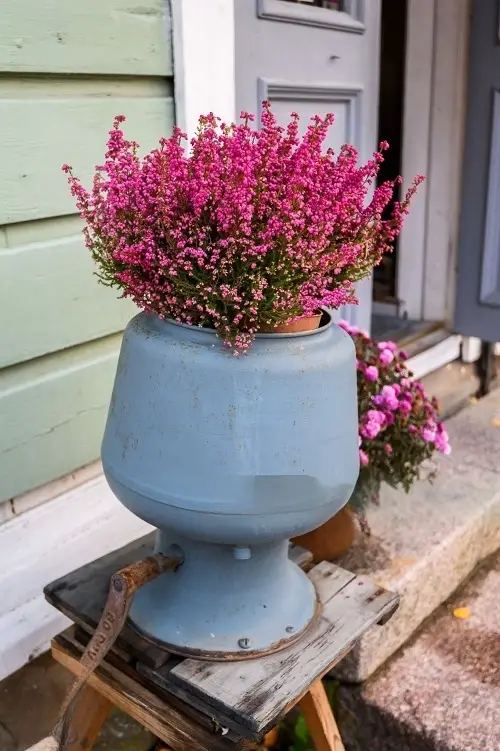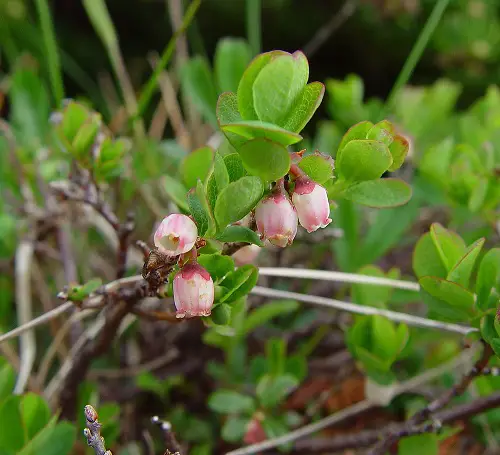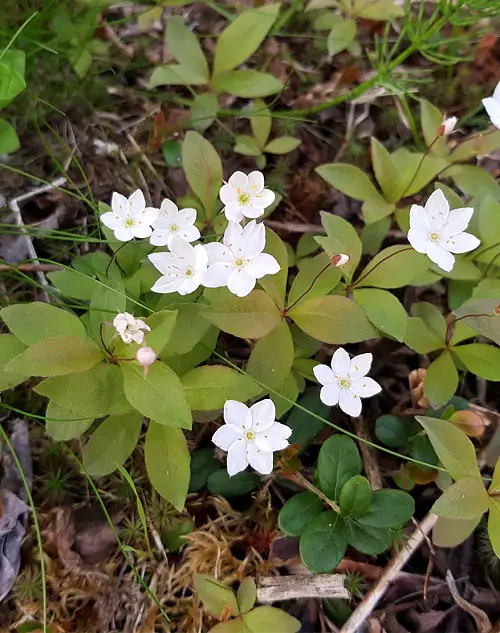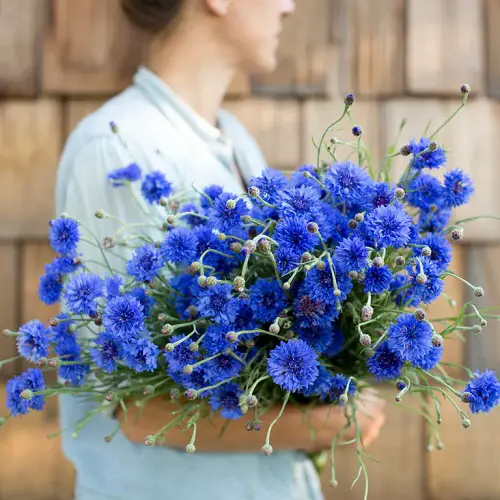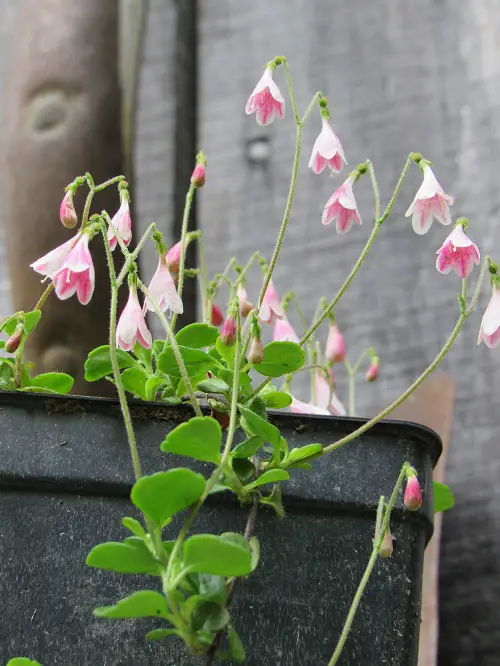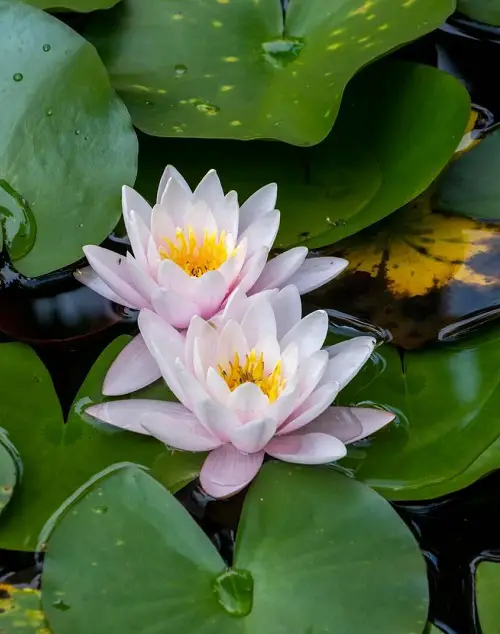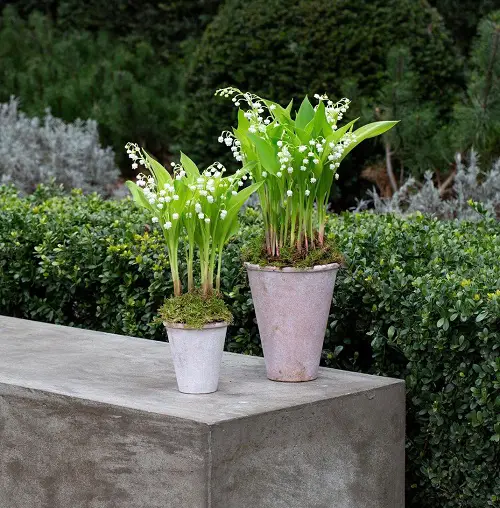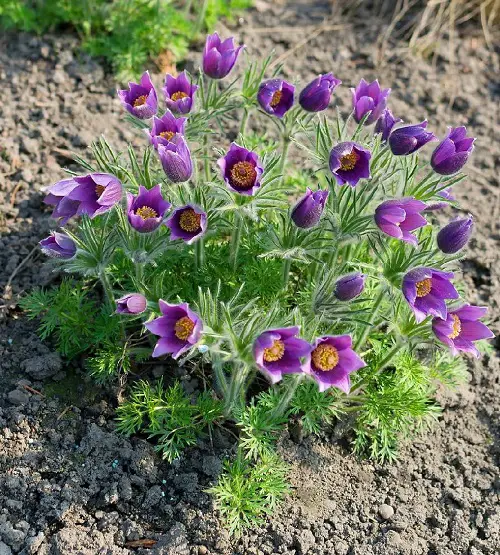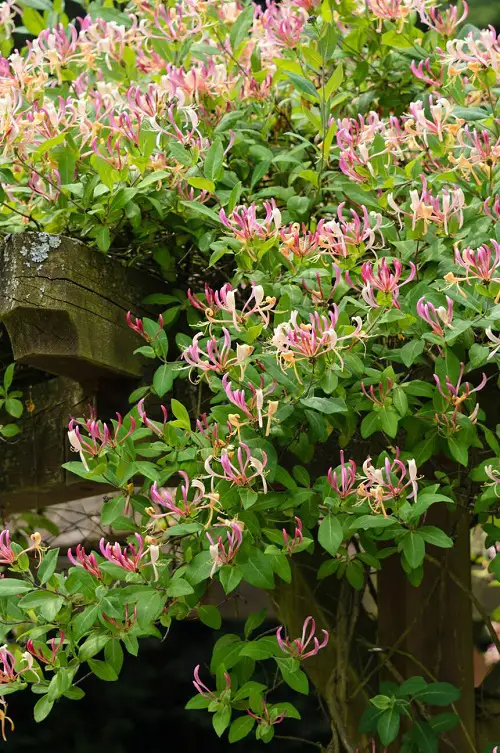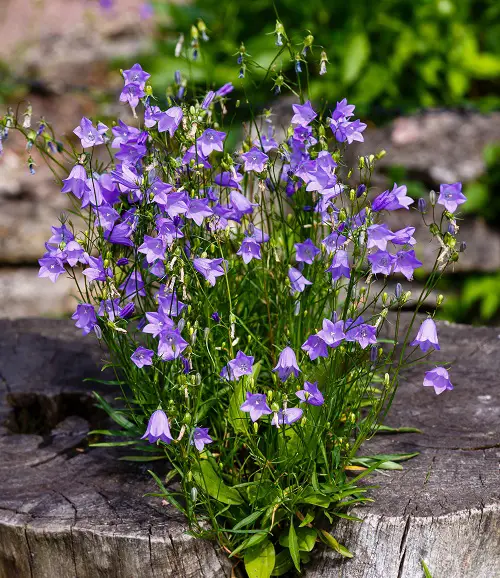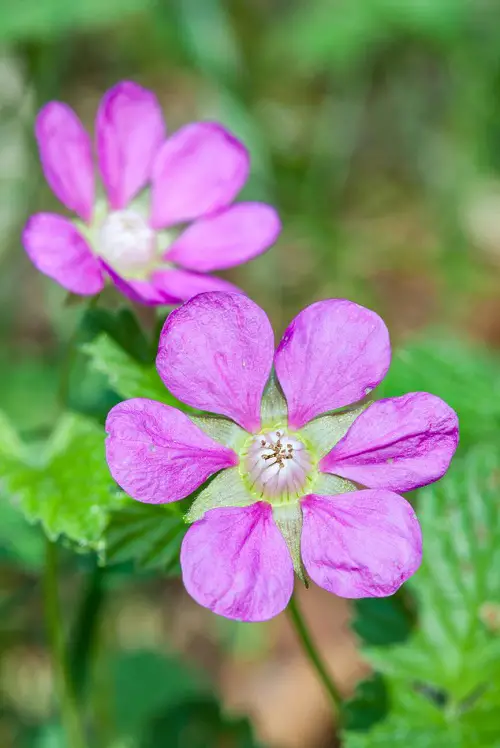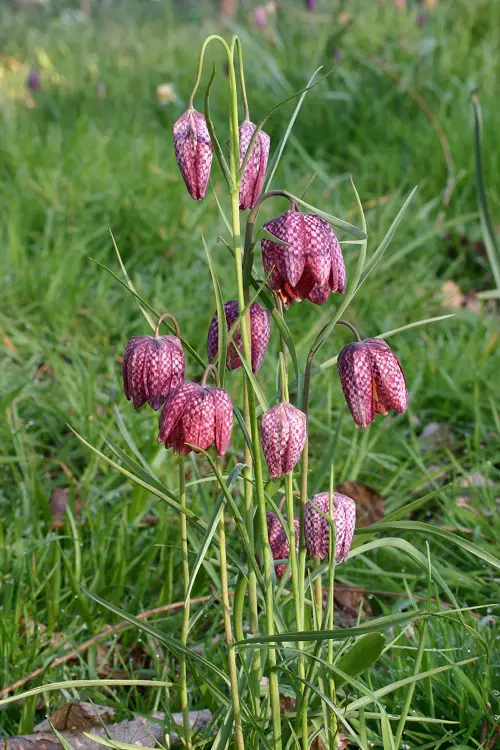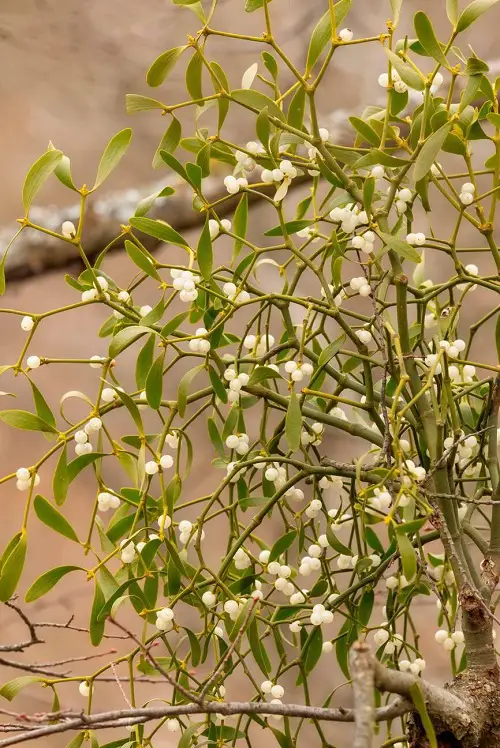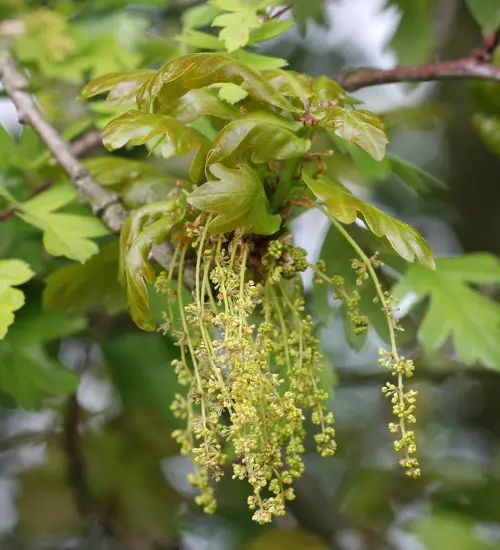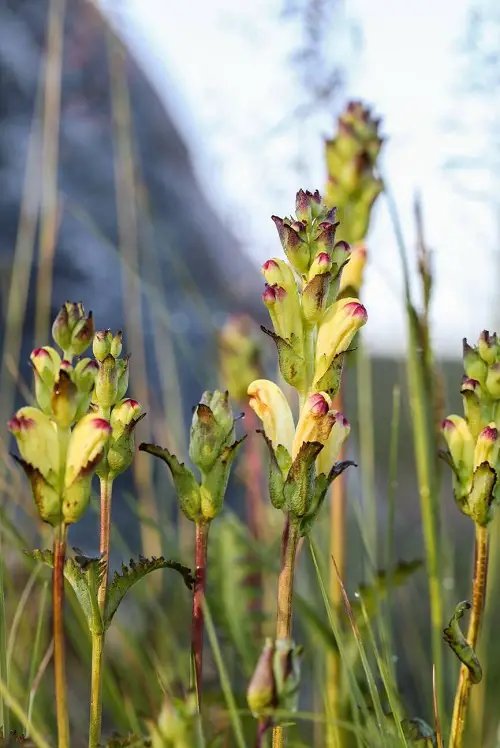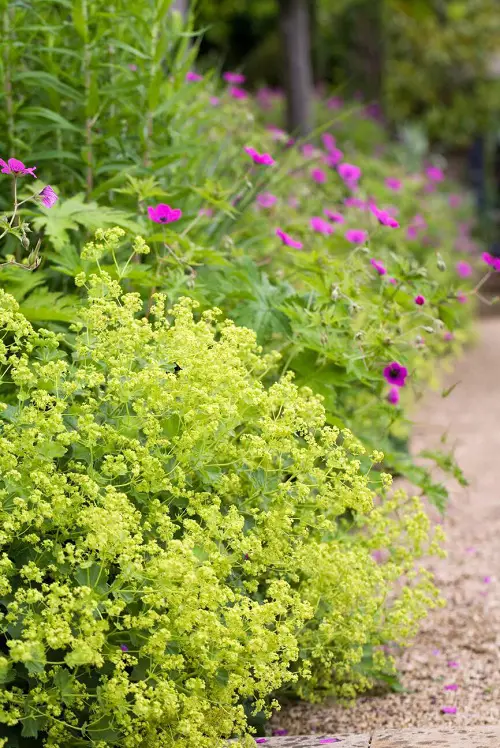These Swedish Flowers will surely remind you of the country’s forests, meadows, and other landscapes!
When it comes to resilience, vibrant colors, and adaptability, these Swedish flowers are a no-match! They also require minimum care and maintenance, adapting well to different soil types and weather conditions.
Look at Macho and Masculine Flowers
Swedish Flowers
1. Wood Anemone
Botanical Name: Anemone nemorosa
It is a delicate woodland flower, symbolizing the arrival of spring. Wood Anemone thrives in the deciduous forests of Sweden.
2. Heather
Botanical Name: Calluna vulgaris
Heather is a low-growing shrub with small pink or purple flowers. It represents resilience and beauty in Swedish moorlands.
3. Bog Bilberry
Botanical Name: Vaccinium uliginosum
They are also referred to as Odon in Swedish. Bog Bilberry produces small, bell-shaped flowers and edible dark blue berries.
4. Red Campion
Botanical Name: Silene dioica (L.) Clairv.
These flowers are known as Rödblära in Swedish and have a beautiful pink hue. The plant is found on mountain meadows throughout the country.
5. Marsh Marigold

Botanical Name: Caltha palustris L.
Also known as Karateka, it has large buttercup-like flowers. Marsh Marigold is often found in marshy areas of Sweden, adding vibrant color to the landscape in spring.
6. Wild Pansy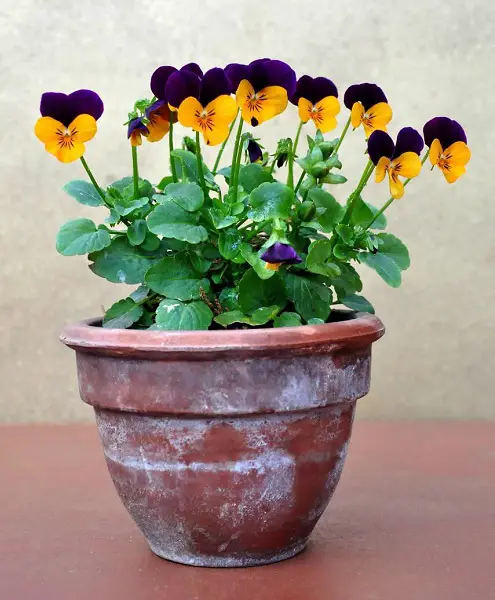
Botanical Name: Viola tricolor
This tiny flower is also known as Heartsease. Wild pansies are common in meadows and grasslands across Sweden.
7. Arctic Starflower
Botanical Name: Trientalis europaea
This one displays star-shaped flowers and is found throughout the country in open pine woods or heather moorlands.
8. Chickweed
Botanical Name: Stellaria media
Chickweed’s delicate white flowers display the resilience of Sweden’s flora. It’s a symbol of nature’s adaptability in challenging conditions.
Check out Best Weeds with White Flowers
9. Cornflower
Botanical Name: Centaurea cyanus
Cornflower’s vivid blue color blooms add a touch of wild beauty to Swedish landscapes. Despite being a weed, it’s admired for its rapid growth and striking hue.
10. Moon Daisy
Botanical Name: Leucanthemum vulgare
Moon Daisy is known locally as Vanlig Prästkrage. Its white petals and orange center represent the timeless appeal of Sweden’s native flowers.
11. Twin Flower
Botanical Name: Linnaea borealis
The Twin Flower has paired pale pink flowers. It thrives across the northern hemisphere representing the natural beauty of open forests.
12. European Red Waterlily
Botanical Name: Nymphaea alba f. rosea
European Red Waterlily’s presence in European waters speaks to the interconnectedness of nature. You will see them in Sweden as well!
13. Spreading Bellflower
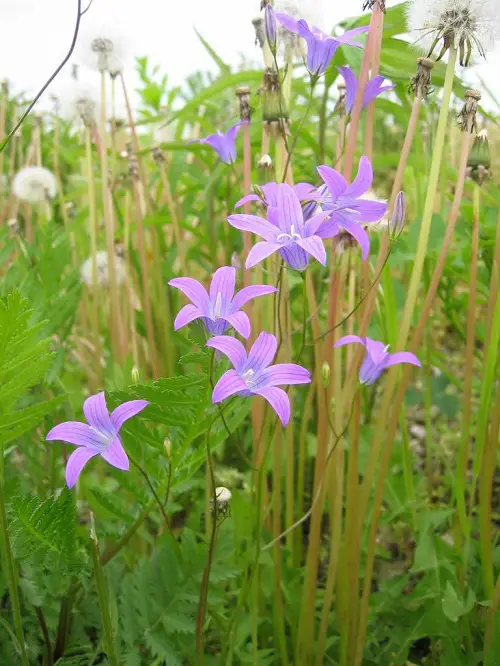
Botanical Name: Campanula patula
This flower resembles a lot with the common Harebell, and has purple flowers that grow on top of tall and slender stems.
14. Water Forget-Me-Not

Botanical Name: Myosotis scorpioides
The Water Forget-Me-Not, or ‘Förgätmigej,’ symbolizes enduring beauty. Its blue flowers are deeply significant in Swedish culture.
15. Lily of the Valley
Botanical Name: Convallaria majalis L.
This poisonous plant has bell-shaped fragrant flowers – you can easily grow this Swedish flower in both garden and containers.
16. Spring Pasqueflower
Botanical Name: Pulsatilla vernalis
Common in Härjedalen, the Spring Pasqueflower displays a mix of white, violet, and yellow, representing the vibrant colors of the region’s landscapes.
17. Hairy Greenweed
Botanical Name: Genista pilosa
This flower plant adds canary color to the landscapes of Sweden. It’s associated with the sandy broom heaths and the unique ecosystem there.
18. Honeysuckle
Botanical Name: Lonicera periclymenum
Honeysuckle’s yellow-pink-orange flowers symbolize Sweden’s beautiful natural fragrances. You can train it to climb anywhere!
19. Harebell
Botanical Name: Campanula rotundifolia
Harebell is Sweden’s national flower and features bell-shaped blooms in white, pink, or violet-blue that match its foliage really well.
20. Cowslip
Botanical Name: Primula veris
Also known as ‘Gullviva,’ it produces vibrant yellow flowers. The plant symbolizes the region’s natural charm.
21. Norway Spruce
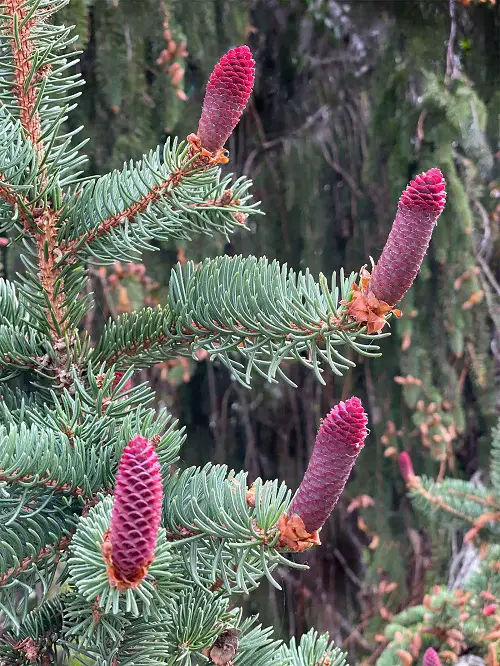
Botanical Name: Picea abies
The Norway Spruce looks similar to Christmas trees – you might mistake these flowers for something else for sure!
22. Globe Flower
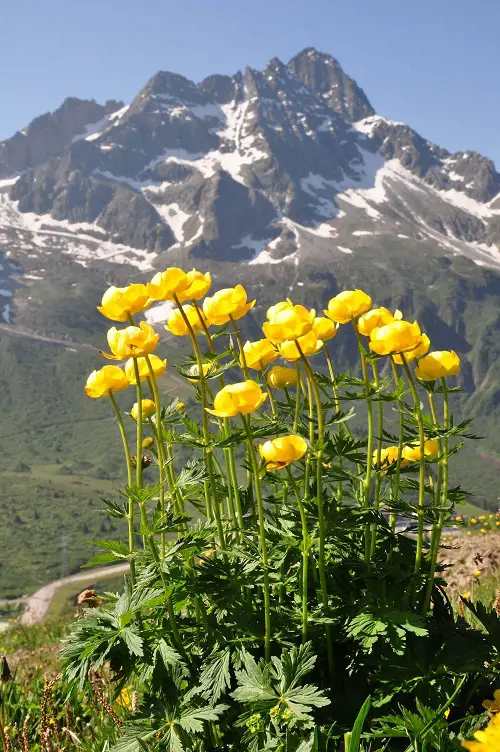
Botanical Name: Trollius europaeus
The Globe Flower, also known as ‘Smörboll, has bright yellow blooms that thrive in damp areas, showcasing the adaptability of Swedish flora.
23. Arctic Raspberry
Botanical Name: Rubus arcticus
Arctic Raspberry has pink to purple flowers with 6 petals. They mostly bloom on a singular stem and match well with the foliage.
24. Snake’s Head Fritillary
Botanical Name: Fritillaria meleagris
It is renowned as the official flower of Sweden – particularly in Upland. It earned its name from its bloom’s resemblance to a snake’s head, especially during budding.
25. Common Mistletoe
Botanical Name: Viscum album
This plant is known for its cultural significance during the Christmas season. Its flowers are small and have a green or yellow color that blends well with the plant’s foliage.
26. English Oak
Botanical Name: Quercus Robur
These flowers, which are yellowish-green in color, hang loosely from the branches – when the tree is in full bloom, they make for quite a sight!
27. Bog King
Botanical Name: Pedicularis sceptrum-carolinum
These flowers thrive in wet, marshy environments, typically in bogs and wetlands – that’s why the name! They have white or pale pink hues and bloom in clusters.
28. Lady’s Mantle
Botanical Name: Alchemilla mollis
It has the title of magical herb since ancient days due to its herbal qualities. The plant has clusters of small flowers in green-yellow hues.



